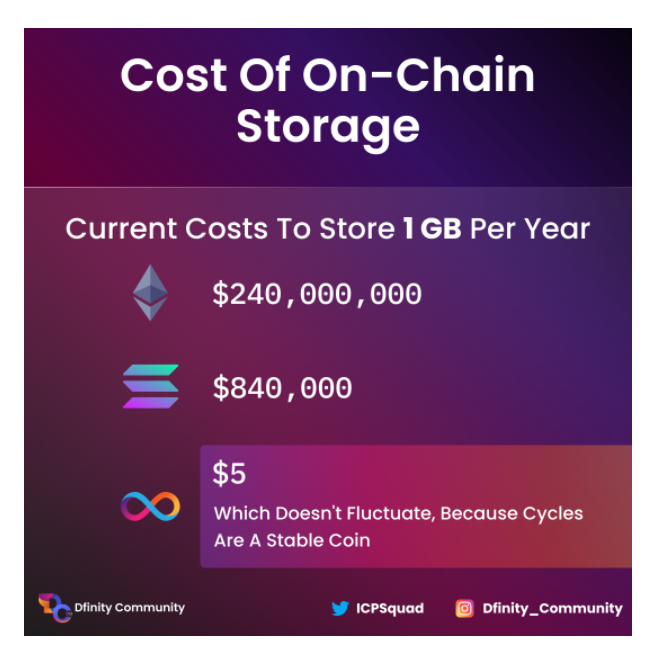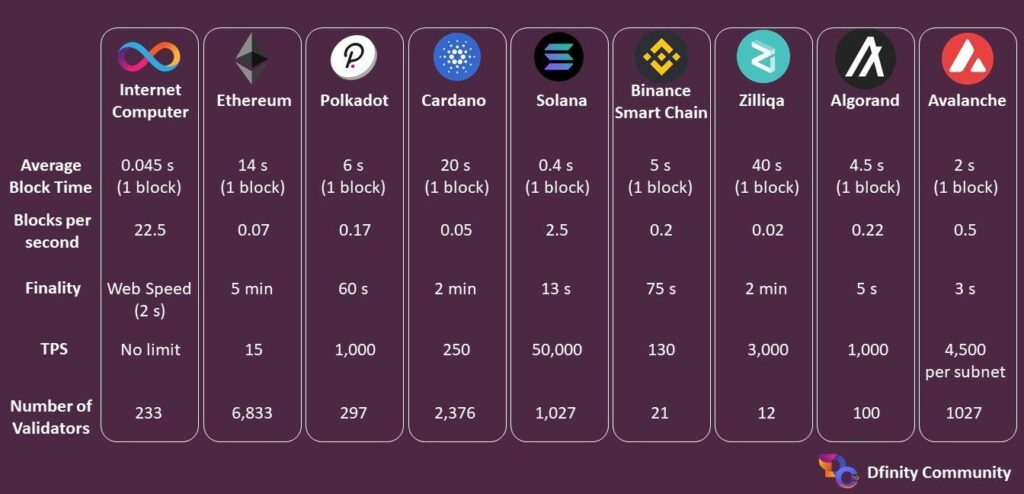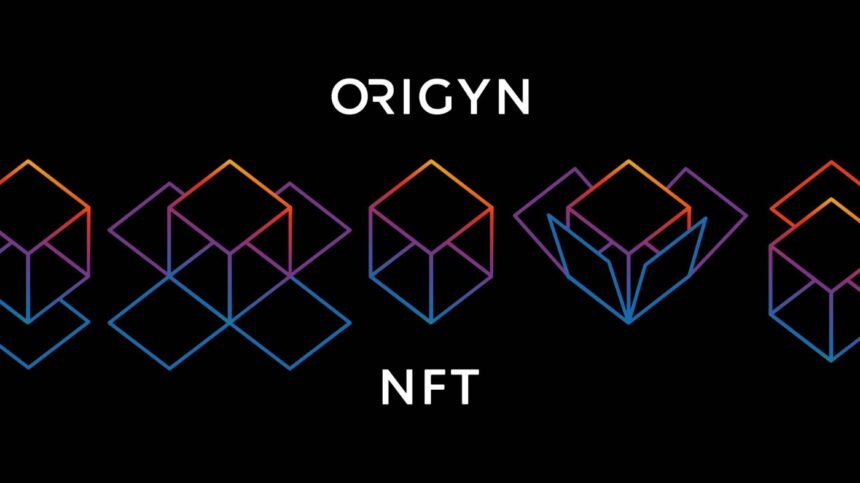A Preview
In the coming months, ORIGYN will release a detailed overview of the ORIGYN NFT.
While the forthcoming white paper will provide a 360-degree overview of the ORIGYN NFT, let’s take a sneak peek at some of the major problems this standard will address, while also pushing the boundaries of how NFTs are experienced.
Storage

One well-recognized limitation for today’s NFTs is storage costs. Since the bulk of NFTs run on Ethereum, there is a storage cost to this blockchain that quickly gets untenable for most people and businesses to utilize.
To store just one gigabyte on Ethereum for one year costs upwards of $240 million. Not only does this stifle growth and innovation in this space, but it is a non-starter for other tech companies to enter the space.
There is a need for a less expensive, faster and more robust NFT framework.
While simple jpegs can be housed inside today’s NFTs, we all know that future NFTs have to store more. From multiple images, video and audio to certificates and updates of all the aforementioned, the next evolution of NFTs will need to store much more data at a fraction of the cost.
The ORIGYN NFT standard will be built on the infrastructure of the Internet Computer, bringing costs way down and opening up the ability to store more data on the blockchain inside each NFT.
Speed
Today’s NFTs also have a speed and latency problem. Due to reasons good and bad (i.e., security and design), updating or changing the NFT is either impossible or a slow process. That doesn’t matter much when your NFT is just a static image of pixel art. But the next generation of NFTs used in industry — gaming, health care, insurance, etc .— will need to process much more and much faster.
Again, that’s why the ORIGYN standard was built on Internet Computer.

IC’s average block time (time needed to create the next block in a blockchain) is magnitudes faster than current blockchains that today’s NFTs are built on. This allows for NFTs that can be altered and updated frequently, paving the way for NFTs to gain greater utility.
This “unlocks” NFTs and grants them more flexibility for different use cases. Take today’s most popular form of NFTs: digital art. Instead of simple static images, ORIGYN NFTs will be able to receive upgrades and change over time, perhaps in response to a real-time event like a concert or a movie release. The NFT that’s being displayed on your phone can update its look coinciding with a song release from your favorite artist.
Compatibility
One thing gamers hate is when the next-gen console can’t play any of their old games (i.e., most of Nintendo’s history, sigh). Backwards and sideways compatibility is important in a space where tech changes seemingly by the day.
The ORIGYN NFT standard will align with traditional storage methods and infrastructure. It will be compatible with both the DIP721 standard and the EXT standard (on the IC), as well as provide pathways to compatibility with ERC721 style NFTs on EVM-based networks.
This not only allows companies currently steeped in other NFT standards to start experiencing ORIGYN NFTs, but it also allows our NFTs to start proliferating today’s environment immediately — instead of having to wait for new IC onramps. This has impactful implications for wallet compatibility, which is a concern for today’s NFT holders that long for more unified solutions.
The full white paper will contain much more information on addressability, governance, fractionalization and more. Give them a follow for updates.


Leave a Reply